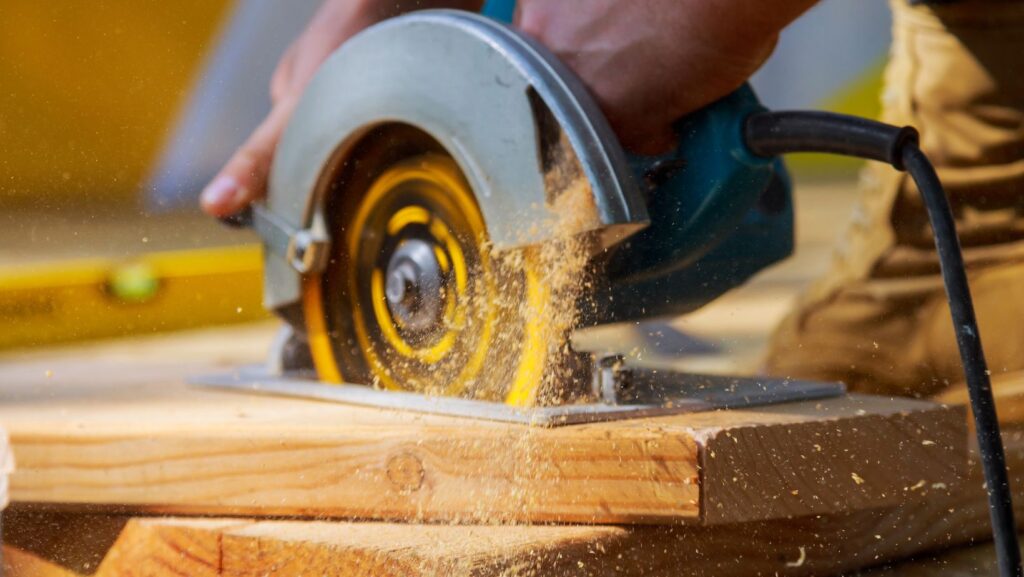Venturing into the wilderness often demands one to be well-equipped. One such essential tool for any adventurer is the backpacking saw. Compact, lightweight, yet powerful, it’s the unsung hero of many successful outdoor expeditions.
Whether you’re an avid camper, a survivalist, or a casual hiker, a backpacking saw can be a game-changer. It’s not just about cutting firewood or clearing a path; it’s about enhancing your overall outdoor experience.
In this article, we’ll delve into the world of backpacking saws, exploring their types, uses, and how to choose the right one for your needs. So, let’s cut to the chase and start our journey into the wilderness with the ultimate companion – the backpacking saw.
Diving deeper into the realm of backpacking saws, one learns the intricacies and minute details that make a big difference. From shedding light on the crucial importance of their size and weight, to the myriad types available, this section seeks to enhance one’s understanding of the backpacking saw.
Backpacking Saw
In the backpacking world, a saw’s design proves critical, and not any design makes the cut. A prime feature of these saws is their compact and lightweight design, a trail essential that complements the adventurous spirit of backpackers. Given the challenge of carrying multiple items, every ounce matters.
A lightweight saw eases the burden on the traveller, making it easier to maneuver. Compact designs, on the other hand, slip easily into a backpack, ensuring accessibility and convenience. Additionally, smaller designs keep the tool securely stowed away, reducing the risk of injury.
 The Different Types of Saws for Backpacking
The Different Types of Saws for Backpacking
The diversity in saws for backpacking offers choice and a game of match-and-pick based on individual preferences and needs. The three main types include folding saws, bow saws, and pocket chainsaws.
Folding saws coax admirers with their safety feature, where the blade folds into the handle, while bow saws, with their distinct curved frame, promise sturdy handling and efficient cutting. Pocket chainsaws, a dense network of serrated blades, offer blade strength and cutting power like no other.
Each type of saw possesses unique strengths catering to different needs. Choosing the right saw requires precise identification of needs, understanding capabilities, and matching these to the advantages each type offers. The right backpacking saw can prove to be a game-changer for outdoor enthusiasts.
With a deeper understanding of the backpacking saw, one gains a mastery of not only the tool but also the art of survival and adventure.
Key Features to Consider
Arising from an understanding of different saw types, it becomes paramount to consider vital features when making a selection. These features contribute significantly to a saw’s overall performance, durability, safety, and efficacy.
Blade Material and Durability
An essential part of a backpacking saw, the blade, inevitably commands attention. The material of a saw blade contributes to its performance and longevity. Often made from stainless steel, carbon steel, or high-alloy steel, each of these materials offers varying degrees of hardness and wear resistance. For instance, stainless steel resists corrosion but may not retain sharpness as long as high-carbon steel. On the flip side, high-carbon steel, while excellent in edge retention, might rust fairly quickly unless it’s well cared for.
Safety and Ease of Use
Safety inevitably factors into any conversation about cutting tools. Saws with safety features, such as lock mechanism and anti-slip handle, reduce the risk of accidents during use. Besides being safe, a good backpacking saw doesn’t require a degree in rocket science to operate. Opt for designs with easy-to-understand mechanisms that allow for swift blade changes and trouble-free folding/unfolding.
Cutting Efficiency for Various Materials
Often, outdoor circumstances demand versatility. The ideal backpacking saw cuts through a variety of materials like wood, bone, and even metal. Acknowledging this, pay particular attention to a saw’s tooth design and the TPI (teeth per inch). A higher TPI delivers smoother but slower cuts, suitable for harder materials. Conversely, a lower TPI cuts quickly but roughly, ideal for softer materials.

